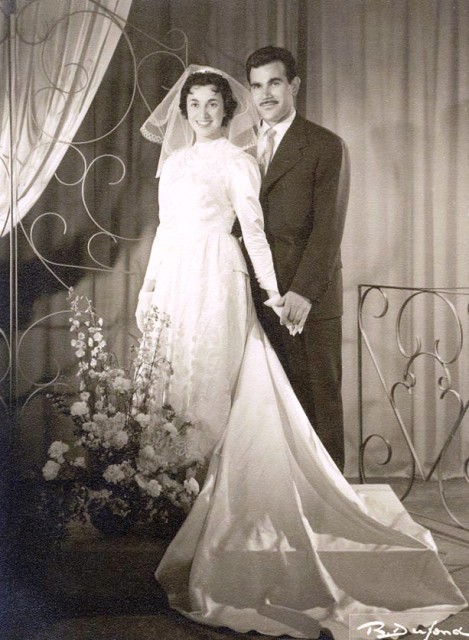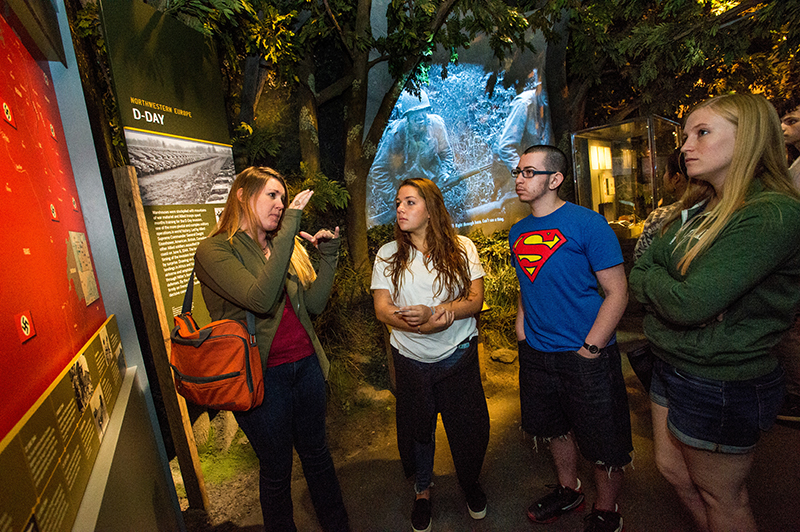2/15/2017
Sarah A. Cramsey
Professor of Practice, Department of Jewish Studies
Four weeks into the semester, all of my students received new identities. Literally.

The eleven Tulane undergraduates assembled in my 4000-level Jewish Studies Living, Together Apart?: Jews, Christians and Coexistence in the modern Polish lands, gathered in class on that dry Monday afternoon to learn when they were born, where they grew up, the religion their parents practiced and which first name would follow them throughout their lives. All of them shared the same birth year: 1914. They would all grow up in the Polish Republic and the Molotov-Ribbentrop Pact would extinguish their country right around their 25th birthday. My students possessed a basic set of facts and this assignment required them to infuse the barebone circumstances of their birth with course readings, technological innovation and a bit of intelligent imagination in order to complete their final assignment: an imagined biography.
Two characters given to my students, Rivka and Kazimierz, began their lives in Warsaw, but the whims of my class and the civilian catastrophe of World War II would propel them to places far away after 1945, to an artists' colony in New York City and a Soviet gulag respectively. Soreh, another character given to my student Katie, came of age in Brody and survived the war hiding in the basement of her Christian boyfriend's house. This imagined biography took the form of a plan for an entire museum exhibition. Soreh’s “imagined memories” of interwar and wartime Brody served as one component of Katie’s overall project that included officially stamped gallery plans, examples of displayed museum pieces and fictitious news articles written by real historians whom we had read as part of our course readings. And, finally, my student Julie took her historical personality Rokhl from Krakow, moved her to interwar Warsaw and, heartbreakingly, imagined her giving up her only son to a Christian friend when it became certain she would have to move to the Warsaw Ghetto. The son, Adrian, had no idea of his progeny until a diary and unsent letters intended for him were found amidst recent archeological research in Poland’s capital. Julie envisioned her biography from the standpoint of a very shocked Adrian who received a rich cache of letters, pieces of scrapbooks and an explanation of how these materials came to light from the historian (another author from our syllabus!) in charge of excavations.
As Katie and Julie demonstrated, the best imagined biographies used technology to make the documents come alive. Access to the technological resources at Tilton Library allowed my students to access books and newspapers from both New Orleans and distant libraries. The crisp results of Photoshop and digital cameras allowed students to make historical photos from the internet or their personal family collections part of their projects that they submitted in May. And those with advanced design skills used their digital expertise to superimpose Yiddish words on epistles, create fictitious ticket stubs from their first date in Vilna and create colorful plans for educational spaces that would propel the story of their character forward toward new audiences. The most dazzling projects required ME to do a little work because they seemed like a puzzle on the cusp of being solved. When I read through Katie’s and Julie’s final projects I felt like ... a historian! Sitting in an archive, working through sources and trying to construct the diaphanous webs that eventually become (or fail to become!) causality in our narratives. Both Katie and Julie created an imaginary biography for their assigned character and then fragmented that personality across letters, postcards, diary entries and interviews. A careful reader could reconstruct Soreh and Rokhl in all of their delicious complexity from the pieces they provided and technology aided the research, presentation and communication of these unique historical persons. Imagined biographies constitute an innovative way for scholars of the humanities to entangle their subjects with technology.


